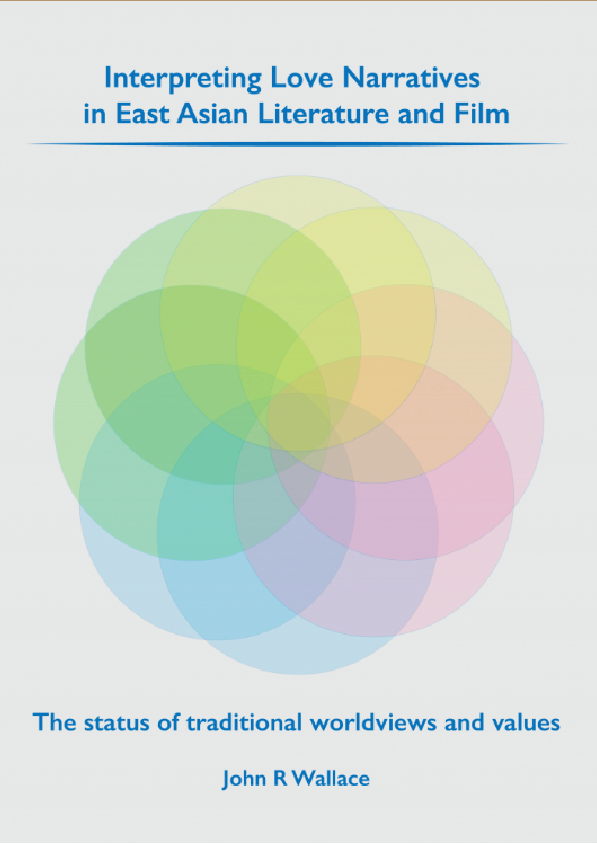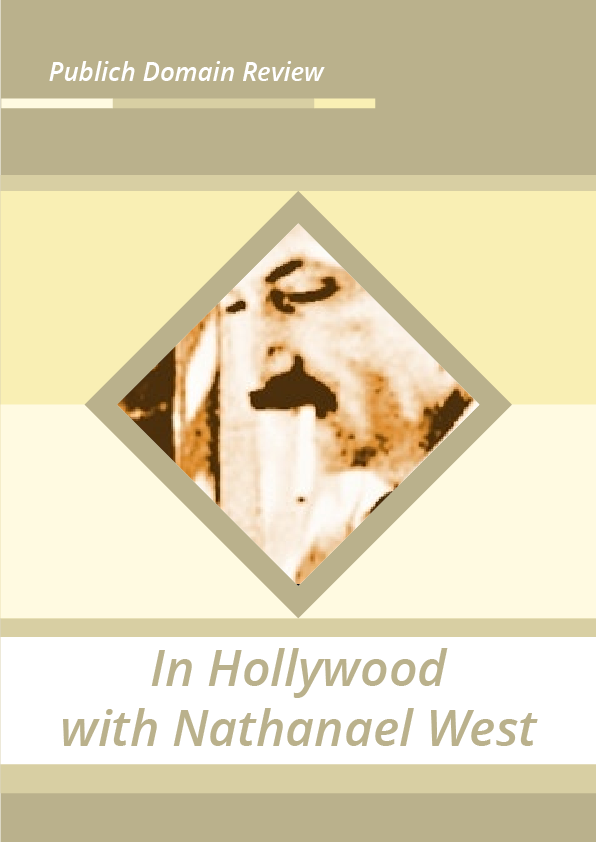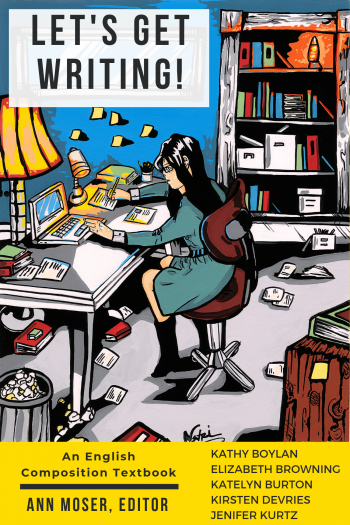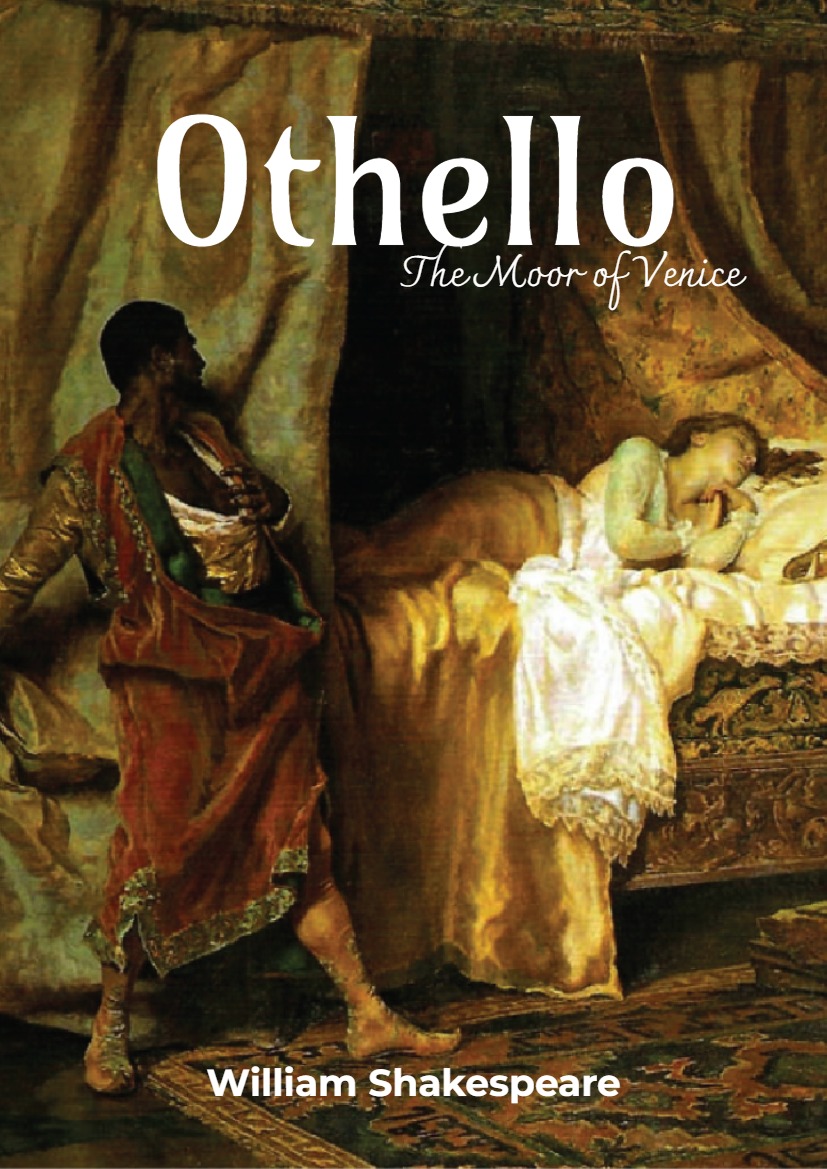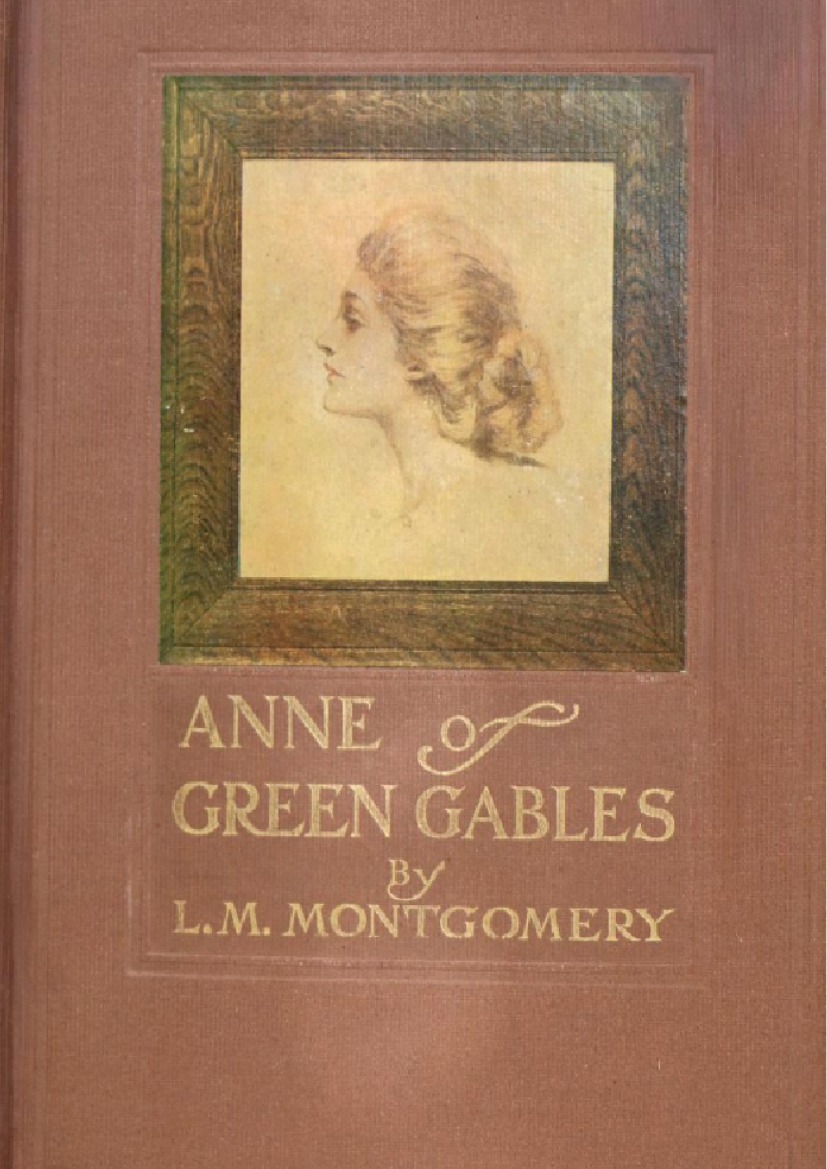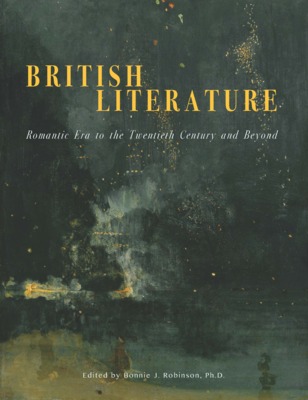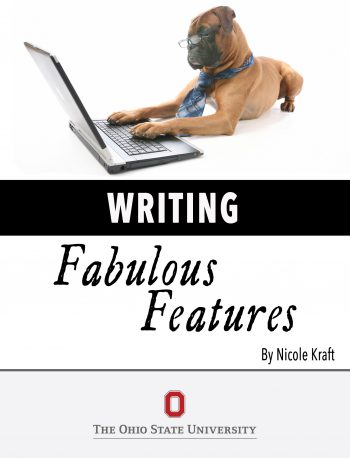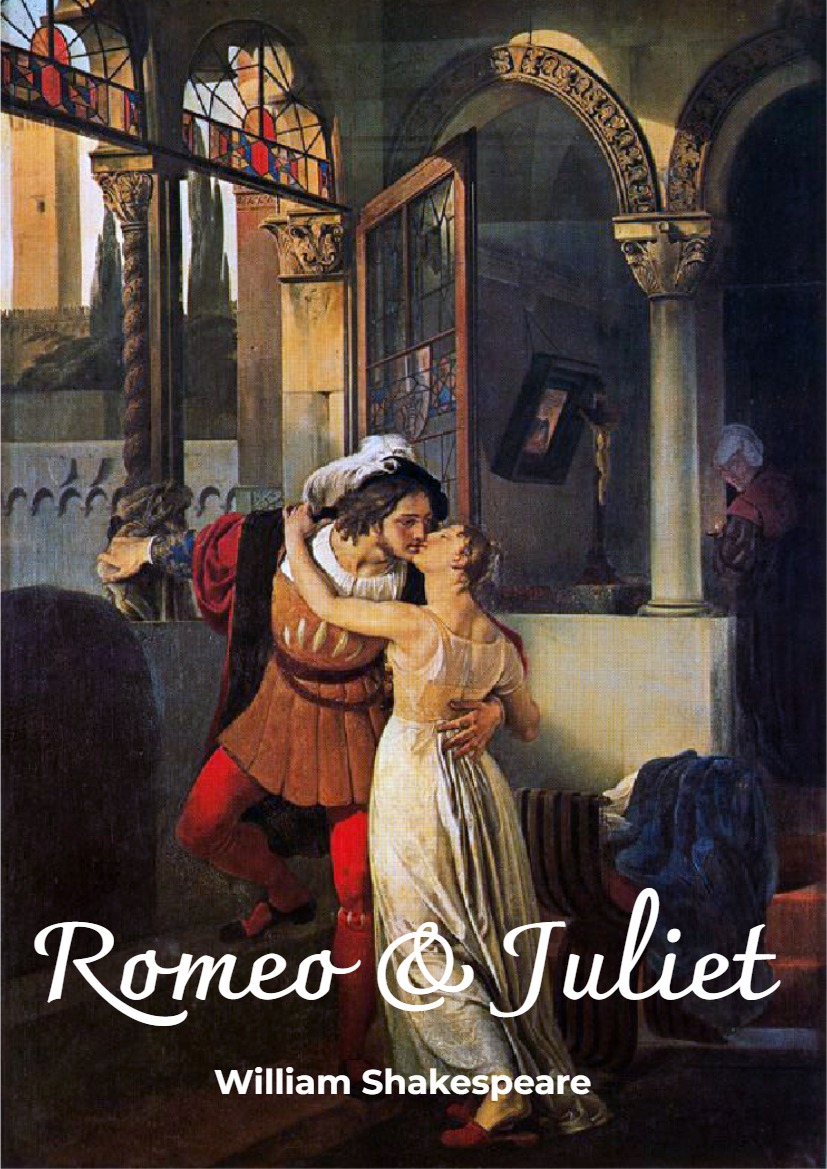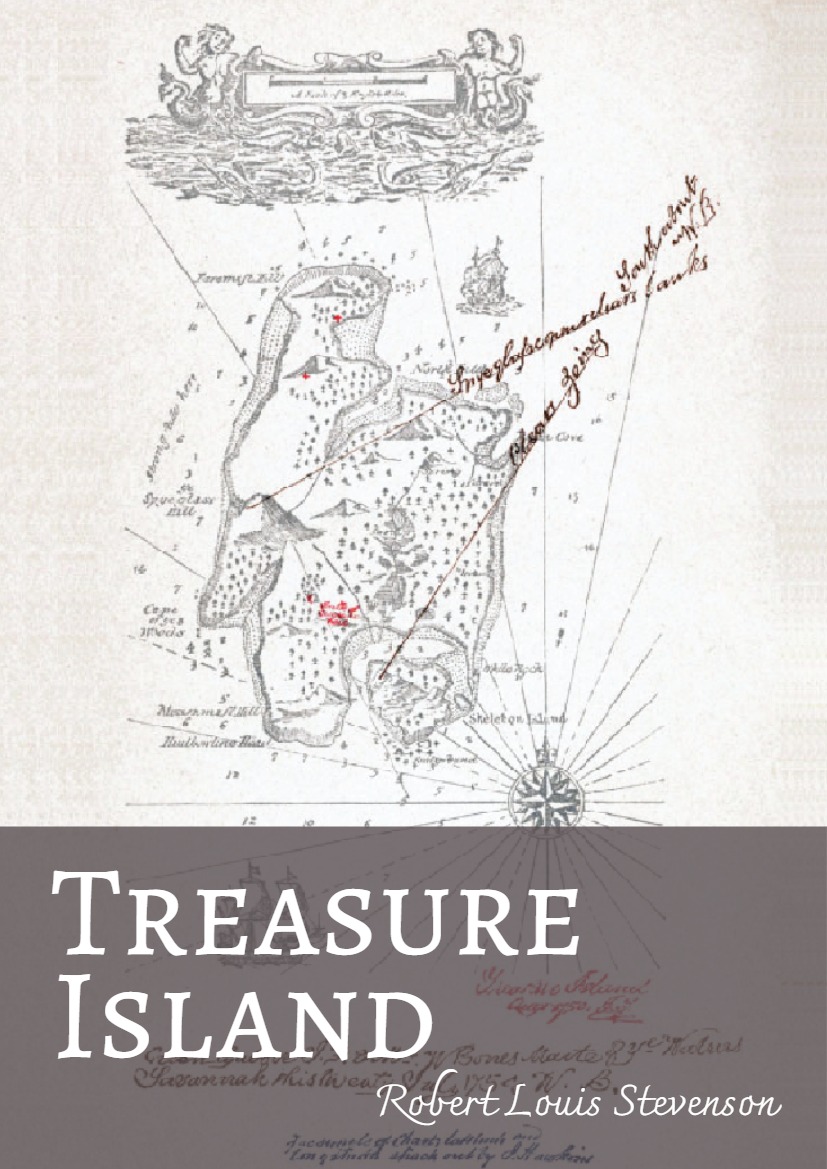This volume began as an e-textbook for a class I teach but, along the way, evolved into a more thorough presentation of theory. It is, therefore, hybrid in content. Thus, the first part presents a theory of the processes involved in attributing meaning and significance to narratives, but with an eye on what this means when one encounters narratives not of one’s own native culture. The remaining parts of the book engage the theory’s deployment in its specifics towards interpretations of narratives that better recognized cultural content that is unfamiliar to the interpreter.
Since this book is closely tied to in-class instruction, and since the state of understanding of perception and meaning-attribution processes is rapidly changing, and because of the multimedia capabilities as well, the eBook format is a good one for this work. I make a few comments on this format in this part. I also lay out the basic learning objectives and structure for the course for which it serves as the basis.
Part Two offers my theory of how we construct narratives and what we draw on to do so.
Schematically stated, I view the arrival at a state that could be described as “what the story is and what it means” to be a conversion of code to text by the reader (interpreter) via a variety of cognitive processes some of which are willed and some of which are automatic. Significance (meaning) is achieved through hermeneutically entangled processes of information selection, organization, and the matching to known material (patterns and models), all to arrive at a meaning result that is “good enough” for the purposes at hand. This view of arriving at significance identifies a wide spectrum of areas in which our native culture supersedes the cultural content in which the narrative is embedded, leading to an interpretation that might feel correct but would not be perceived as such by an interpreter familiar with the “home” culture(s) of the narrative.
- We can take an annotative or predictive stance, trying to explain aspects of the *narrative with such questions as “What is ‘X’ (of the narrative) thinking or feeling? Why did she or he do that or what will she or he likely do?” Here, “X” is a *narrative figure, or someone who contributed to the creation of the *narrative such as the director, or those who consume the *narrative such as readers or viewing audiences. We call this *”making sense” of the *narrative and it is a process of checking the narrative progress as a way to check our own cultural understanding.
- We can take a broader view that may well be based on initial work more like the above. This second perspective is a historical stance that explores to what degree a *traditional *worldview or *value remains viable for the best interpretation of a situation. We couch these questions as questions of the *status of a *traditional *worldview or *value such as “What is the *status of the Confucian *value of xiao in relation to this narrative event or the narrative overall?”
